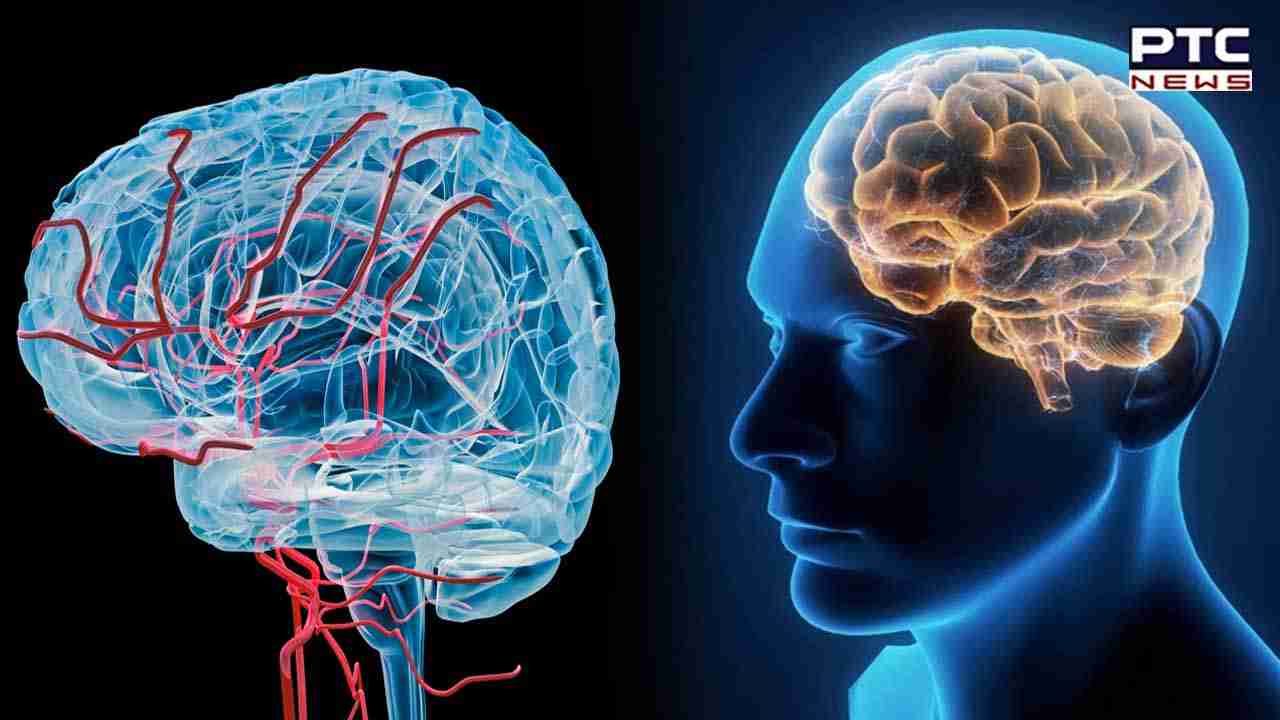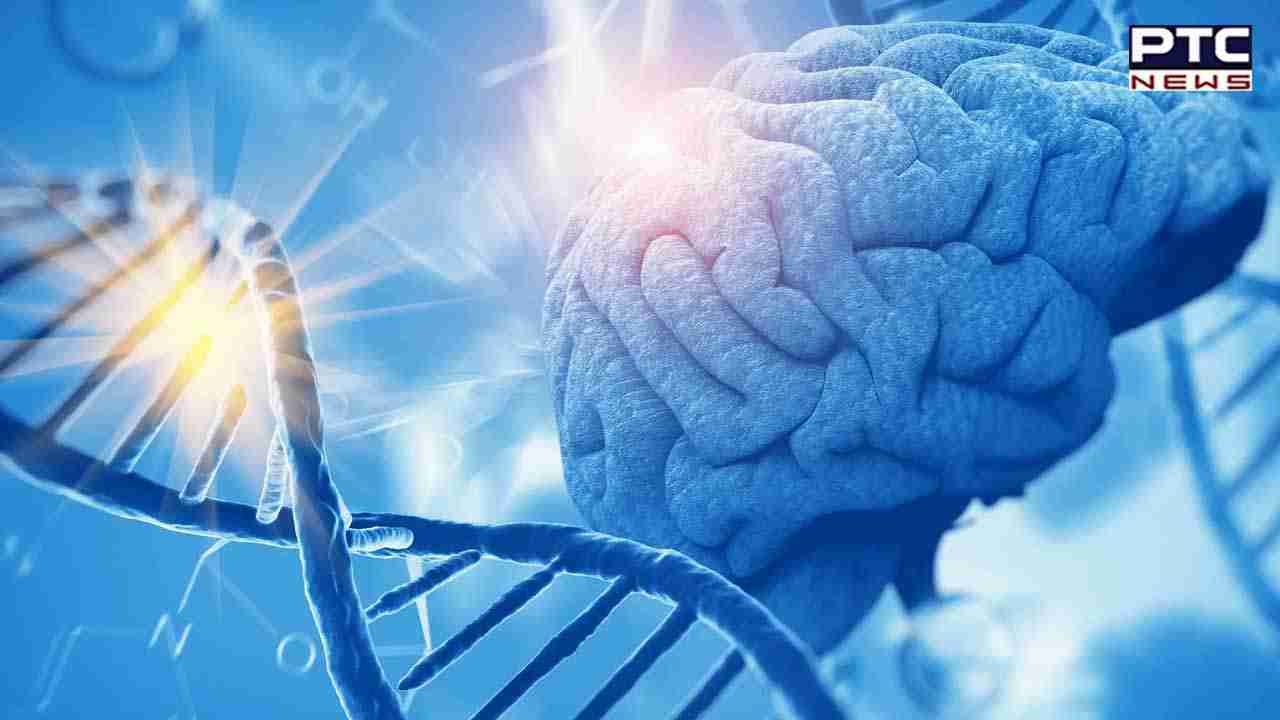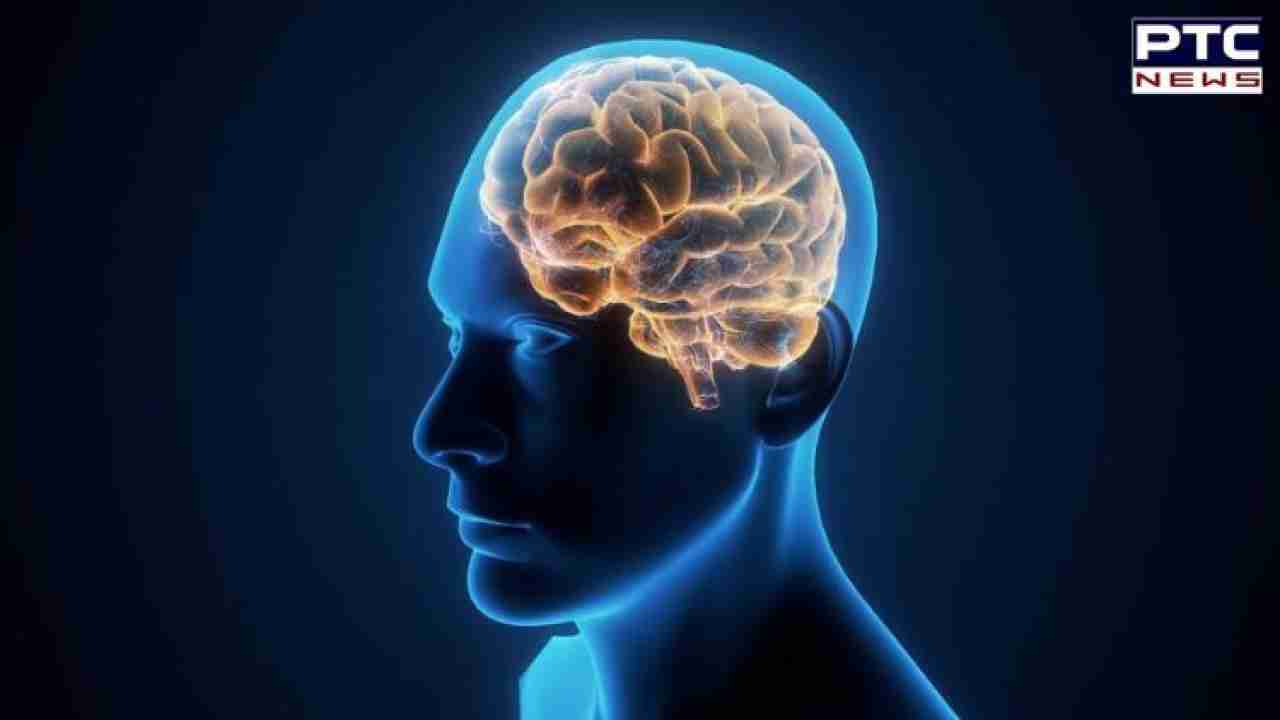

Brain illness: What it is, how to analyse it and develop new remedies?
Brain ilness analysis: "Brain illness" is a general term that refers to any medical condition or disorder that affects the brain's structure or function, leading to abnormal neurological symptoms or impaired cognitive and emotional functioning. It is very crucial to analyse and interpret brain signals in order to investigate brain illnesses and develop new remedies
Analysing brain illnesses typically involves a combination of clinical evaluation, medical imaging, and, in some cases, laboratory tests. One of the most appropriate method is Brain analysis.
Also Read: Historic Milestone: Women's Reservation Bill secures Parliamentary seal | 10 key points
Analysing brain signals, also known as neuroimaging or neurophysiological analysis, is a complex but highly valuable field of study that helps researchers and clinicians better understand brain function. Although neural probes linked to the brain may detect small biosignals, they lack the ability to amplify and process them, necessitating the use of a second amplifier.
According to the studies, there has been a discovery of a solution in conventional household "inkjet printers" that have been commercially available for some time.

A collaborative research team led by Department of Materials Science and Engineering, Department of Convergence IT Engineering) with PhD candidates has developed an integrated sensor capable of both capturing bio-signals and enhancing their amplification and processing.
Inkjet printing is a technology that generates patterns by ejecting minuscule ink droplets, each on the scale of picoliter (10-12), onto either paper or a substrate. The initial step taken by the research team involved crafting an ultra-thin substrate, which is only one-hundredth the thickness of a human hair. This was achieved by employing an exceptionally flexible material that easily adheres to the brain’s surface.
Inkjet technology is useful to imprint a sensor onto this substrate, one that possesses the unique capability of detecting, amplifying and processing bio-signals. In essence, they developed a sensor for brain signal amplification.

Following the sensor’s development, the research team conducted experiments involving mice. The results showcased the sensor’s swift recording of high-resolution brain-originating signals upon attachment to the rats’ cerebral cortex.
Inkjet technology empowers the seamless creation of patterns in desired areas, paving the way for future manufacturing of customized bio-signal measurement devices.
- With inputs from agencies
